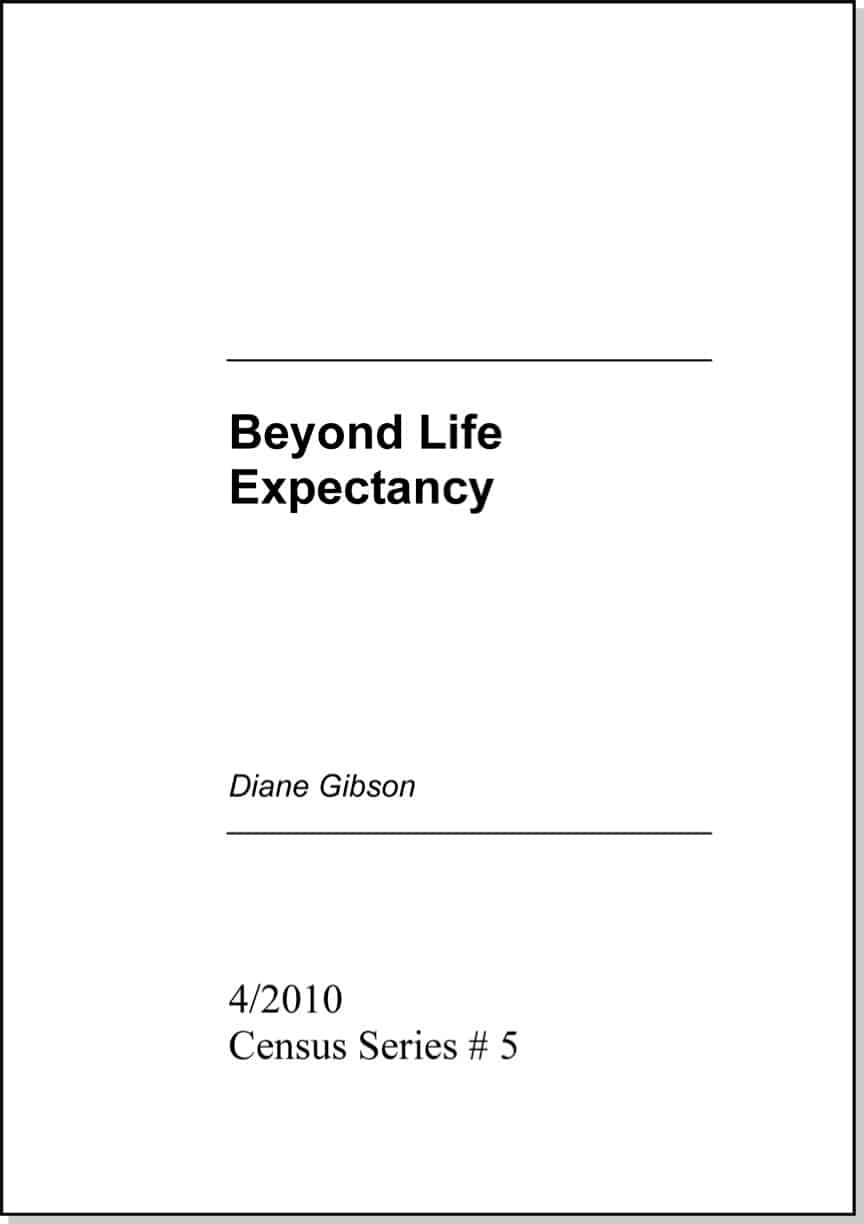New Zealand’s Accident Compensation Corporation (ACC) has released some statistics on quad bike incidents in support of its attendance at field days in mid-June 2010 and the release of three new agricultural safety publications. The media release quotes research from the Otago University.
“Three farmers or agricultural workers died and nearly 300 were injured in quad bike accidents on farms last year, according to ACC claims figures.
Recent research from Otago University forecast that in any given year farm workers will lose control of quad bikes on approximately 12,645 occasions, resulting in about 1400 injuries. Not all of these will be registered as workplace injury claims with ACC.”
The risk of jumping to conclusions from these statistics is that the ACC is not only concerned with workplace incidents and hence the conditional sentence at the end of the quote. Continue reading “New Zealand farm advocates talk briefly on quad bike safety”

